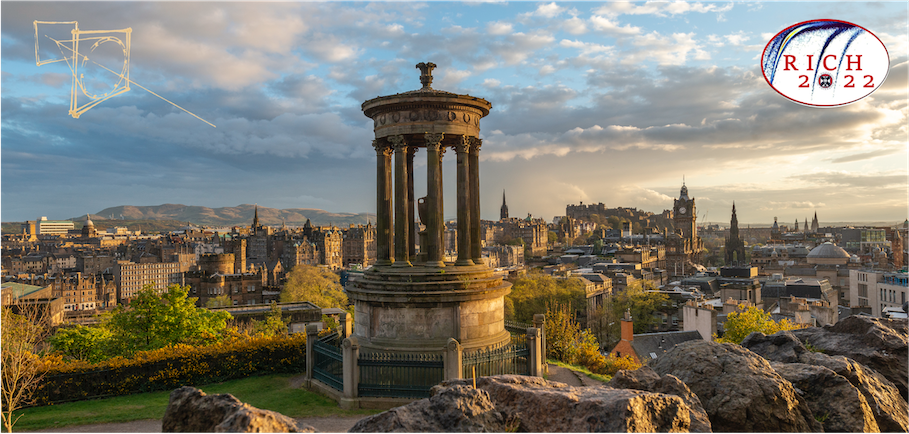Speakers
Description
Imaging air Cherenkov telescopes (IACT), non-imaging optical detectors (HiSCORE), and scintillation detector array are the three detector systems of the TAIGA experiment at Tunka Valley. The scintillation detectors register the secondary charged particles produced by the extended air showers (EASs). In both IACT and HiSCORE systems, Cherenkov photons from the EASs are registered. Studying the mass composition of the cosmic rays and searching for high-energy cosmic gamma-quanta are two most interesting goals of the experiment. EASs induced by protons or nuclei produce different numbers of secondary charged particles and Cherenkov photons. The Cherenkov detectors give the information about secondary particles in the EASs at high altitudes, while scintillation detectors measure particles at the ground level. The aim of this study is to use both features for studying of the mass composition of primary cosmic rays.
Using the computer model of the HiSCORE optical detectors and the Tunka-Grande scintillation detectors array, we have developed nuclei identification method based on the specially developed artificial neural network. This research consists of the following steps: EAS simulation with CORSIKA, secondary particle selection with COAST library, Cherenkov photon data evaluation with 'eventio' library, simulation of scintillation detector array with GEANT4 program, ANN optimization and nuclei identification study. This research is focused on EASs with energies 1 to 3 PeV and zenith angle ranging from 0 to 45 degree. The data on the nuclei identification efficiencies and fake rates are presented.
